Samsung Galaxy Note 8 vs Samsung Galaxy S8 Plus
Note the differences
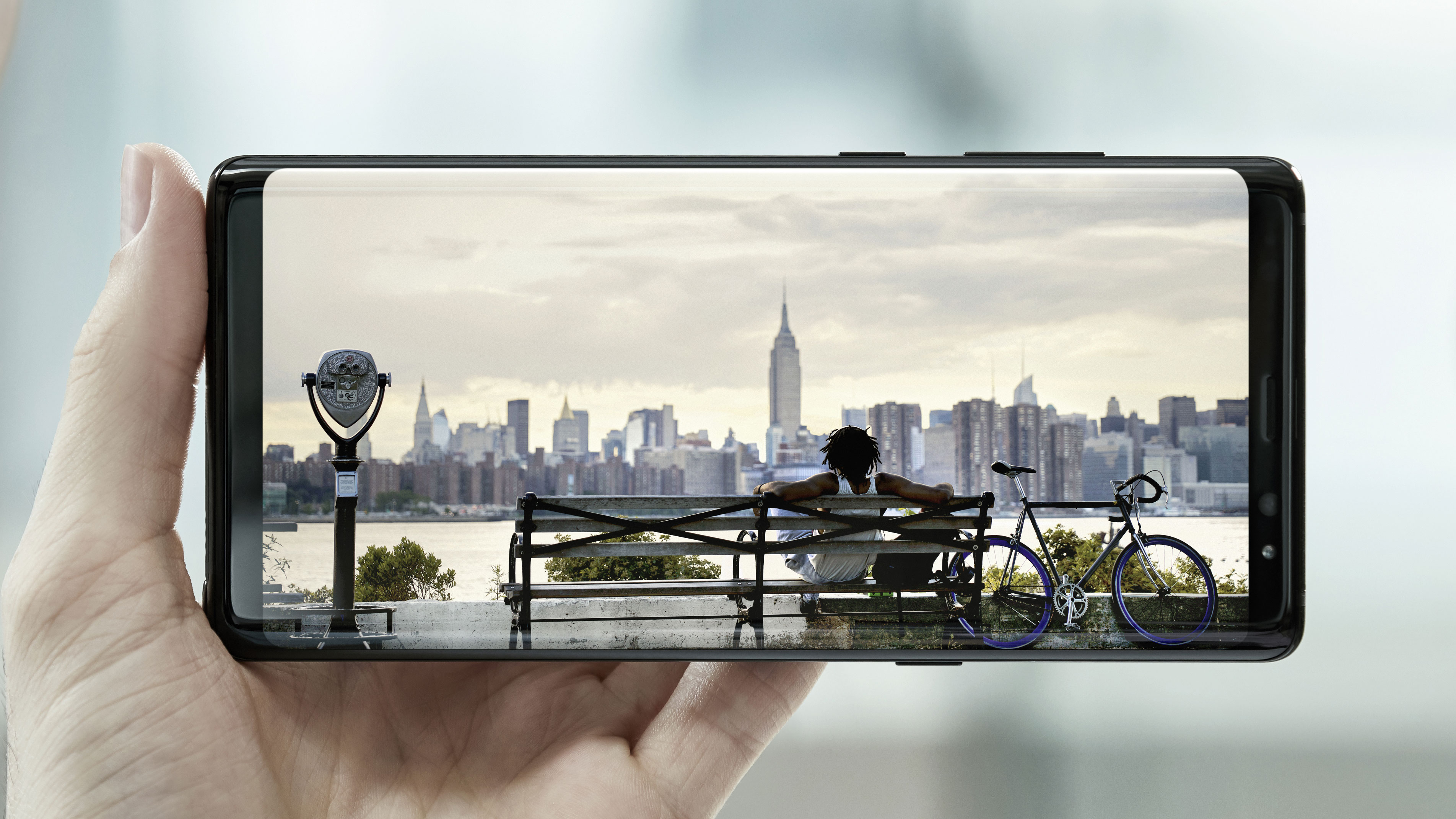
Samsung’s already released one phablet flagship this year - the Samsung Galaxy S8 Plus, but now it’s been joined by the Samsung Galaxy Note 8.
This brand-new phone is even bigger than the S8 Plus, and it’s packing an S Pen stylus, but what else is different? And what’s the same?
To help you get to the bottom of that we’ve compared Samsung’s two big screen beauties across a number of categories, from design and screen to power, camera, battery and beyond.
Design
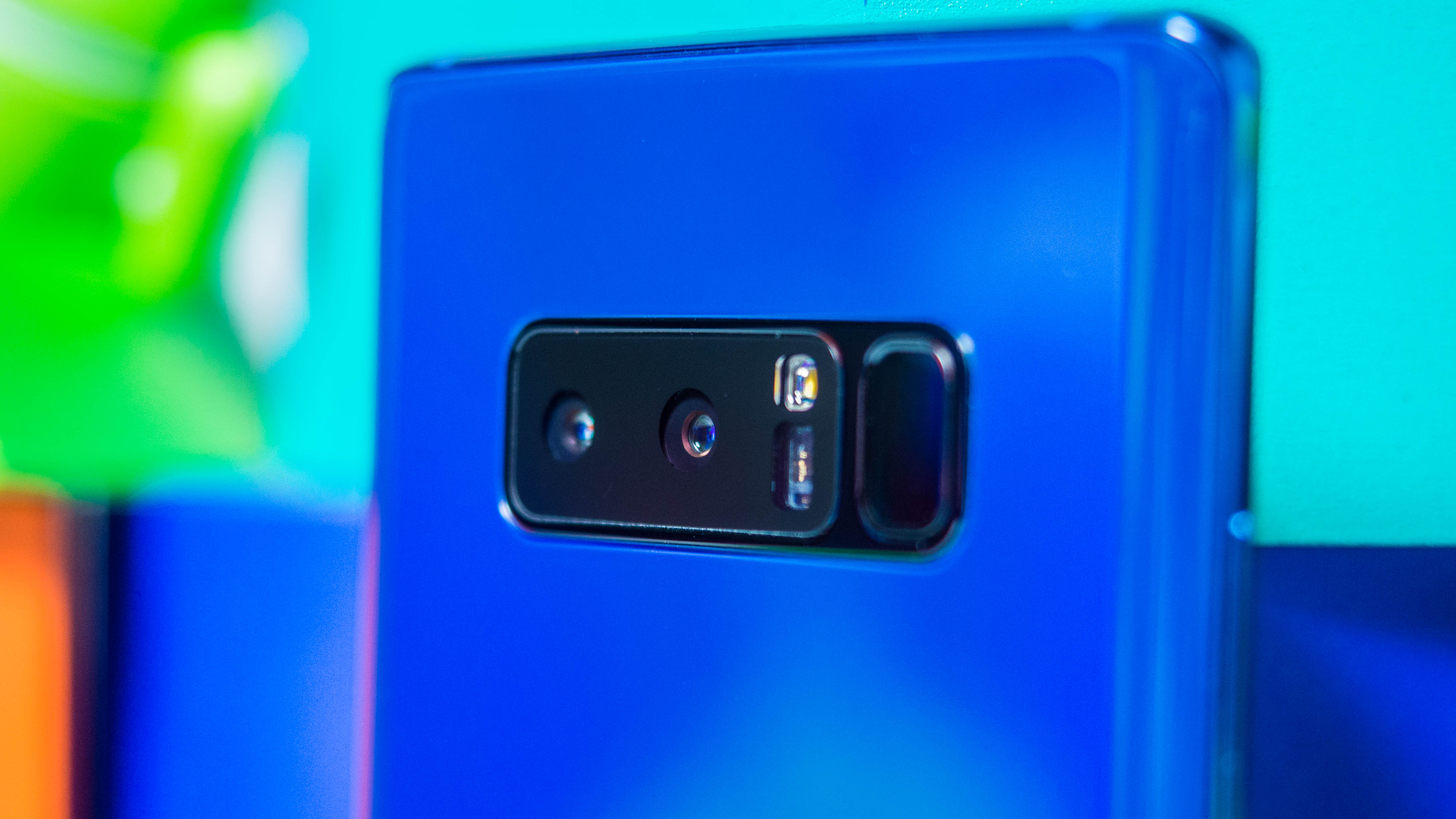
The Samsung Galaxy Note 8 and Samsung Galaxy S8 Plus have similar designs, with both featuring a curved glass back and a metal frame.
There are differences though, with the Galaxy Note 8 sporting a more rectangular look and coming in at a larger and heavier 162.5 x 74.8 x 8.6mm and 195g to the S8 Plus’s 159.5 x 73.4 x 8.1mm and 173g.
It's odd, as the design of the Note 8 is wider, but in the hand it feels thinner thanks to the longer screen. We also found we held it slightly lower in the hand, more towards the middle, to compensate for the size.
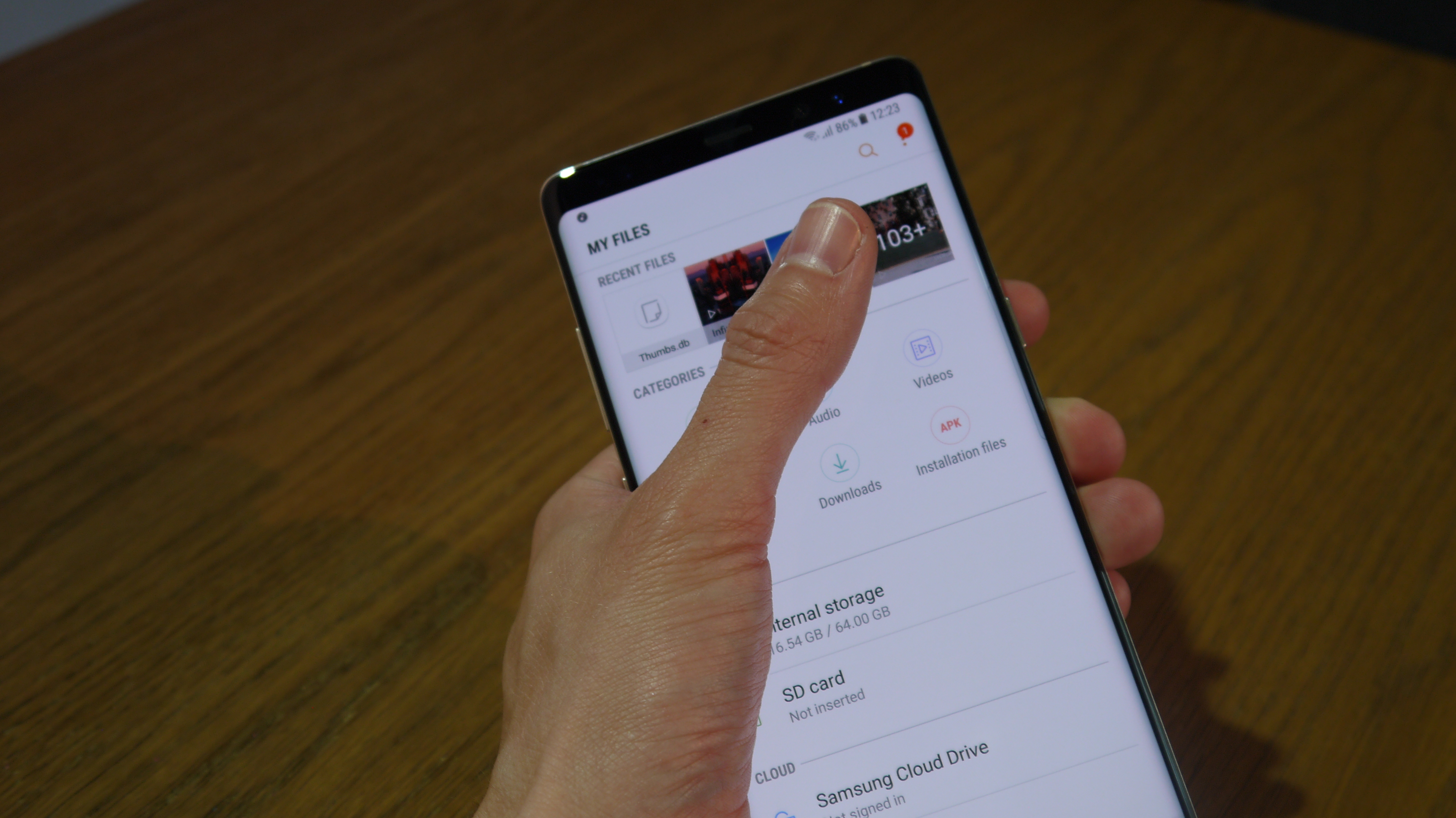
The Note 8 also looks noticeably different from the back, as while both phones have a fingerprint scanner and a camera on the rear, the Note 8’s snapper is a dual-lens one, so it takes up a bit more space.
Get daily insight, inspiration and deals in your inbox
Sign up for breaking news, reviews, opinion, top tech deals, and more.
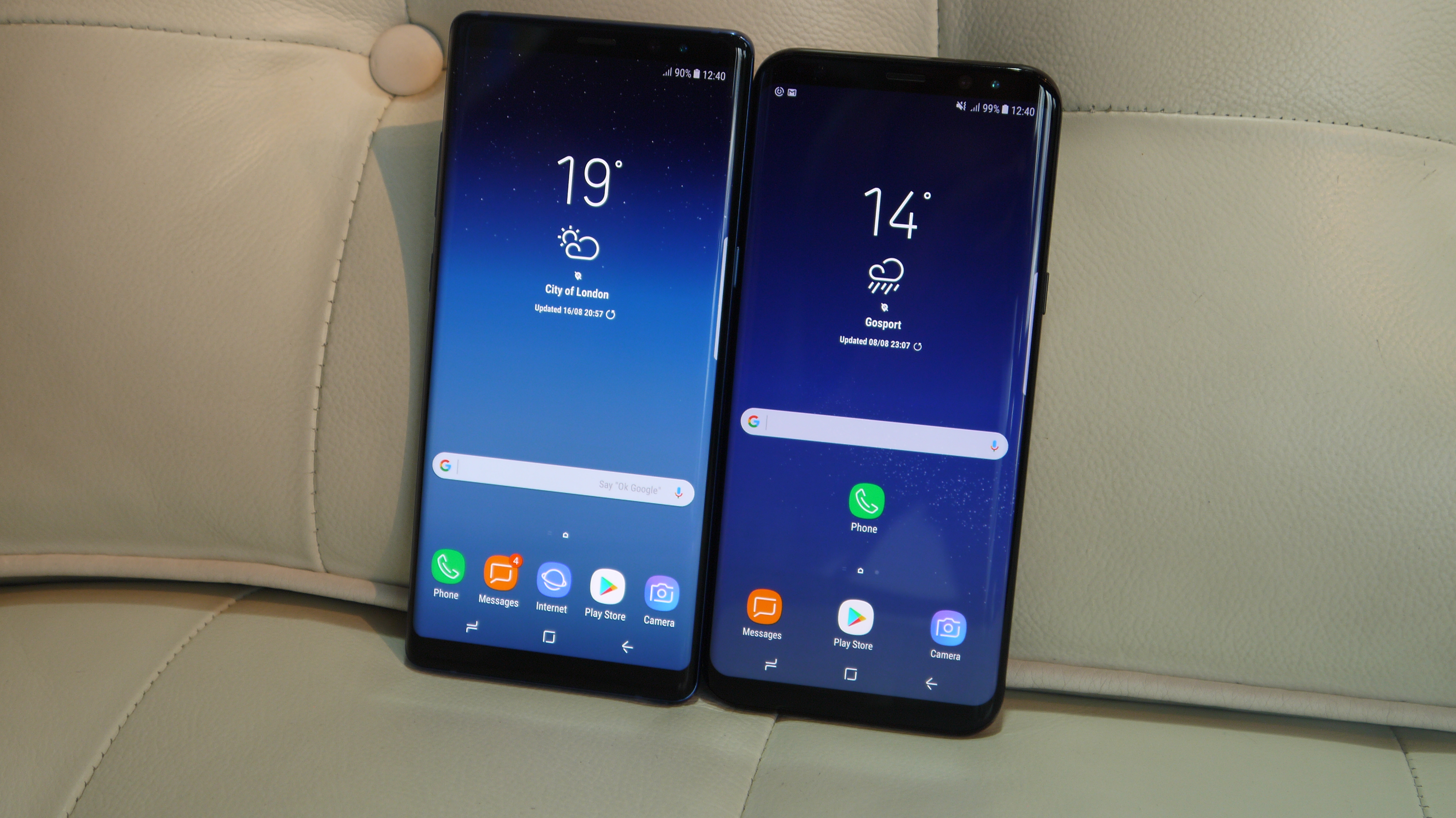
Another slight difference is the colors you can get the phones in, with the Galaxy Note 8 launching in Orchid Grey, Midnight Black, Maple Gold and Deepsea Blue, while the Galaxy S8 Plus is available in Midnight Black, Orchid Grey, Arctic Silver, Coral Blue, Maple Gold and Rose Pink.
However, both phones are IP68 certified dust and water resistant, so they can both survive a dunk in the pool.
Display
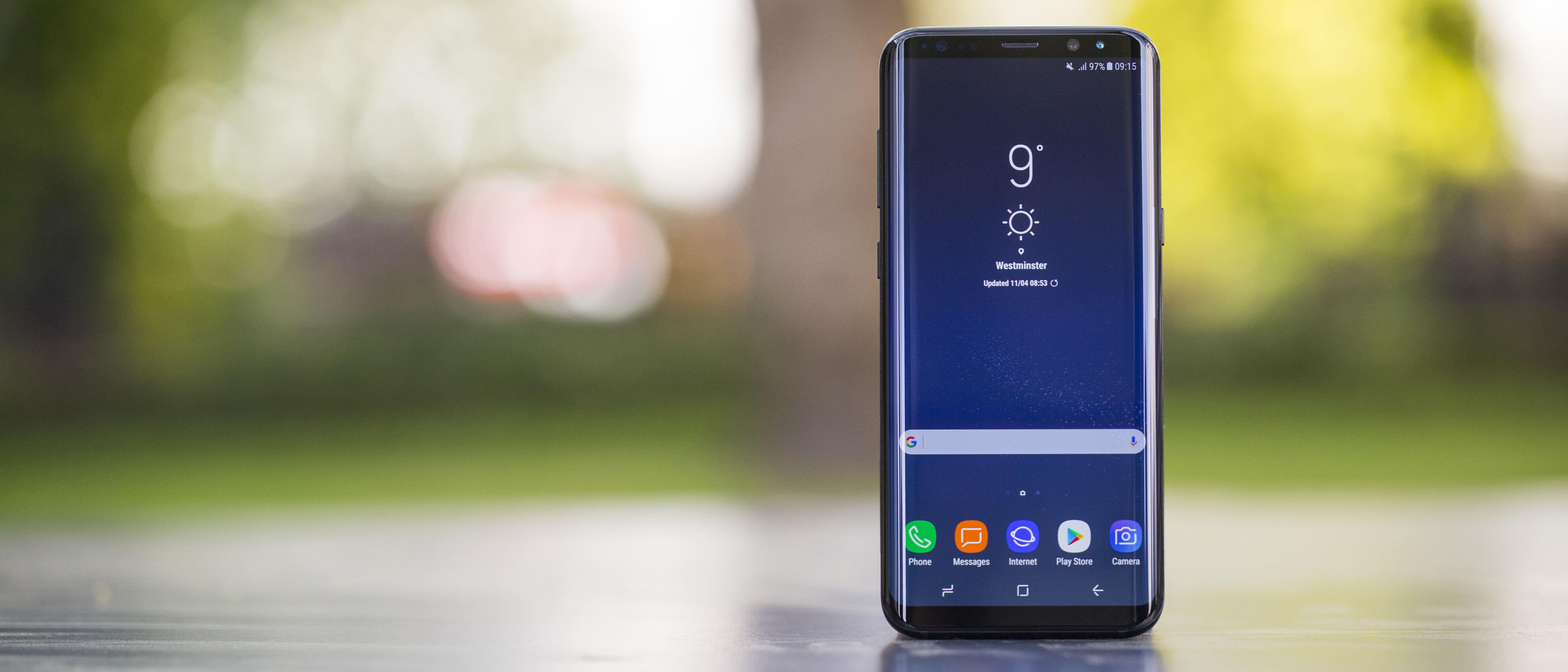
The Samsung Galaxy Note 8 has an enormous 6.3-inch 1,440 x 2,960 Super AMOLED screen with a pixel density of 521 pixels per inch, but the Galaxy S8 Plus is only slightly smaller, with a 6.2-inch Super AMOLED screen of the same resolution, leading to a pixel density of 529 pixels per inch.
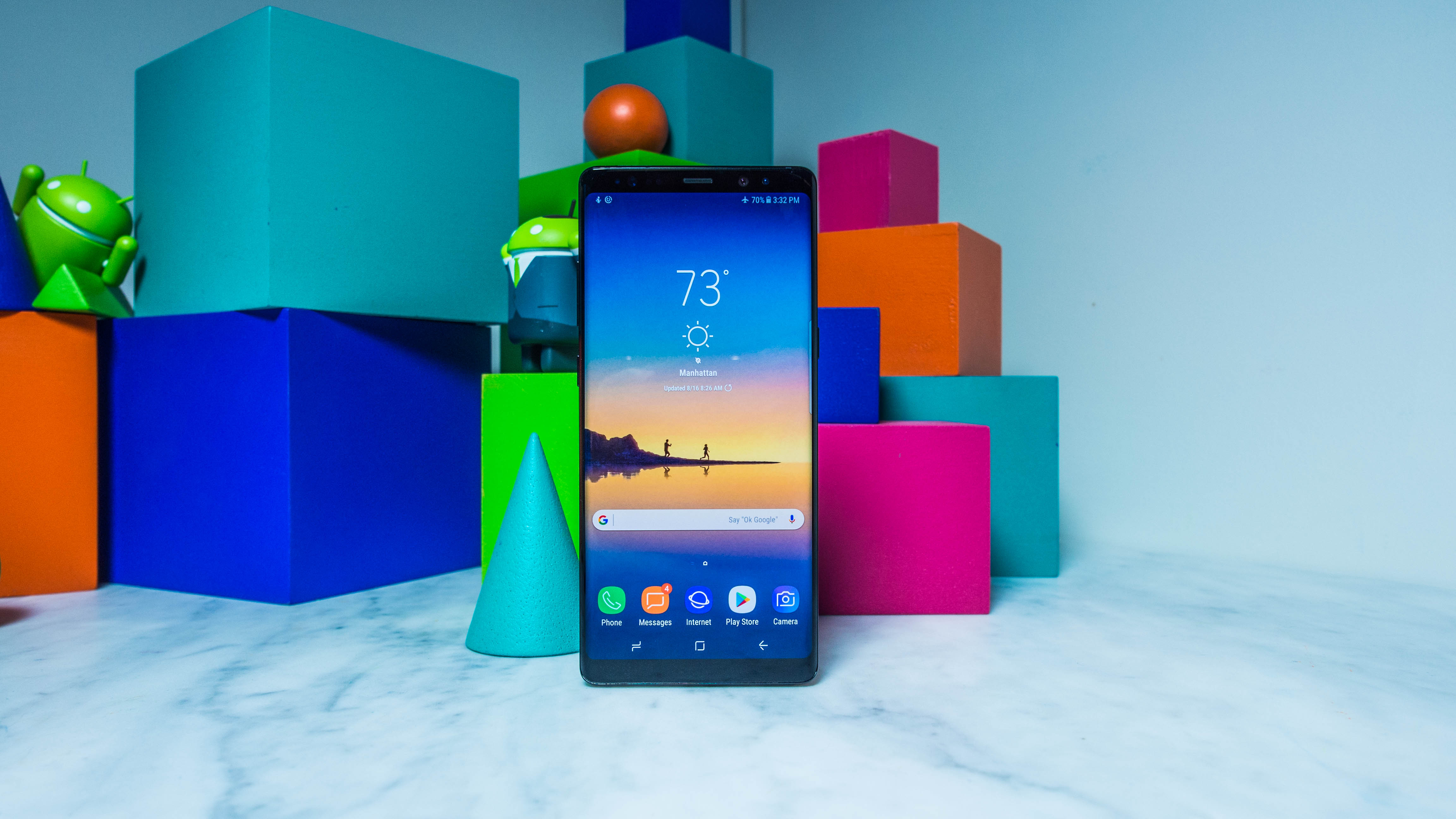
They’re similar in other ways too, as they’re both curved, and both have a super-widescreen ‘Infinity Display’ with almost no bezels around them, although there's a more pronounced curve on the Note 8 compared to the S8 Plus.
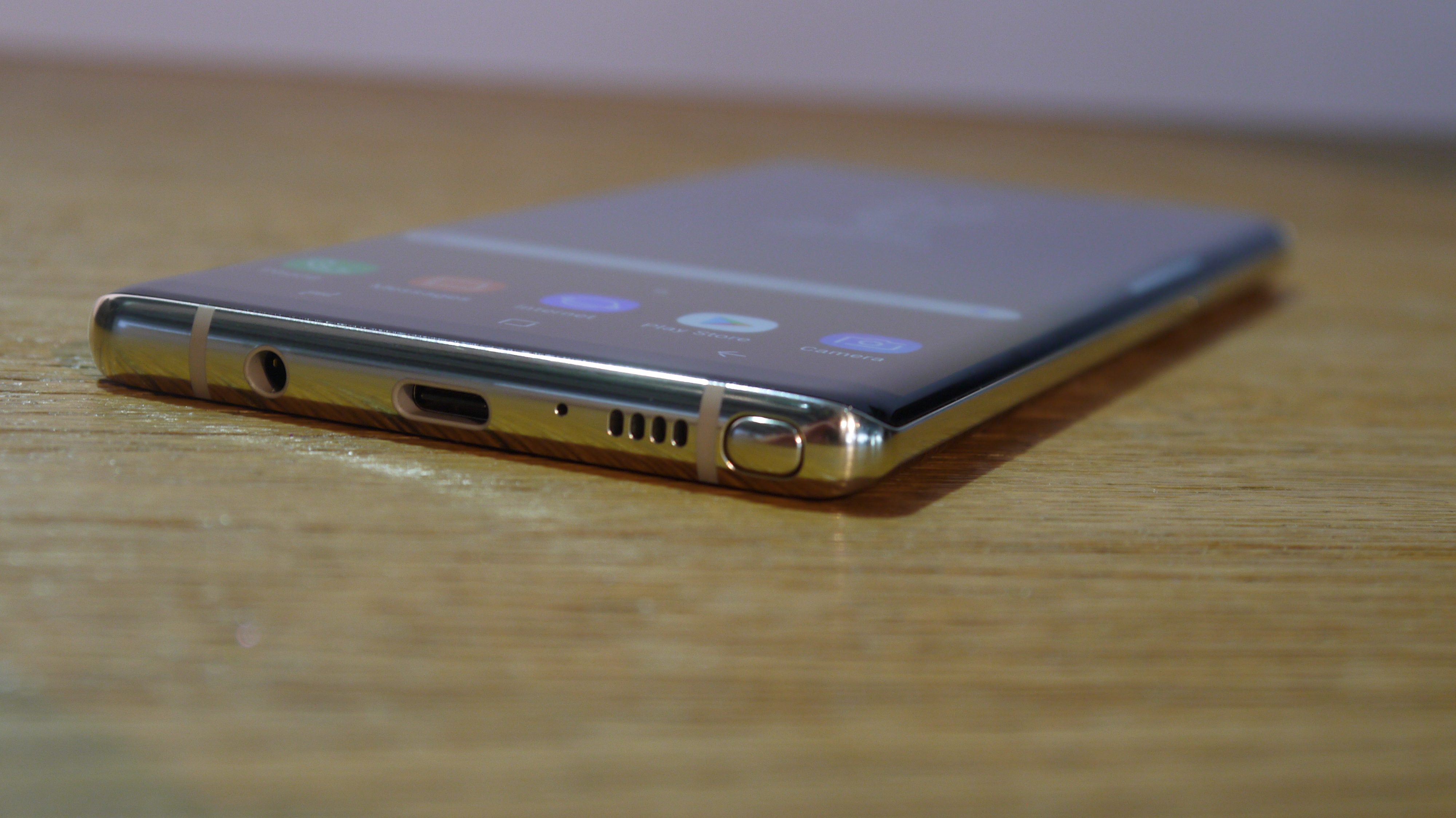
The main difference is the way you interact with them, as while both can be tapped and swiped, the Samsung Galaxy Note 8 also comes with an S Pen stylus, allowing you to draw and write almost as if using a pencil on paper.
OS and power
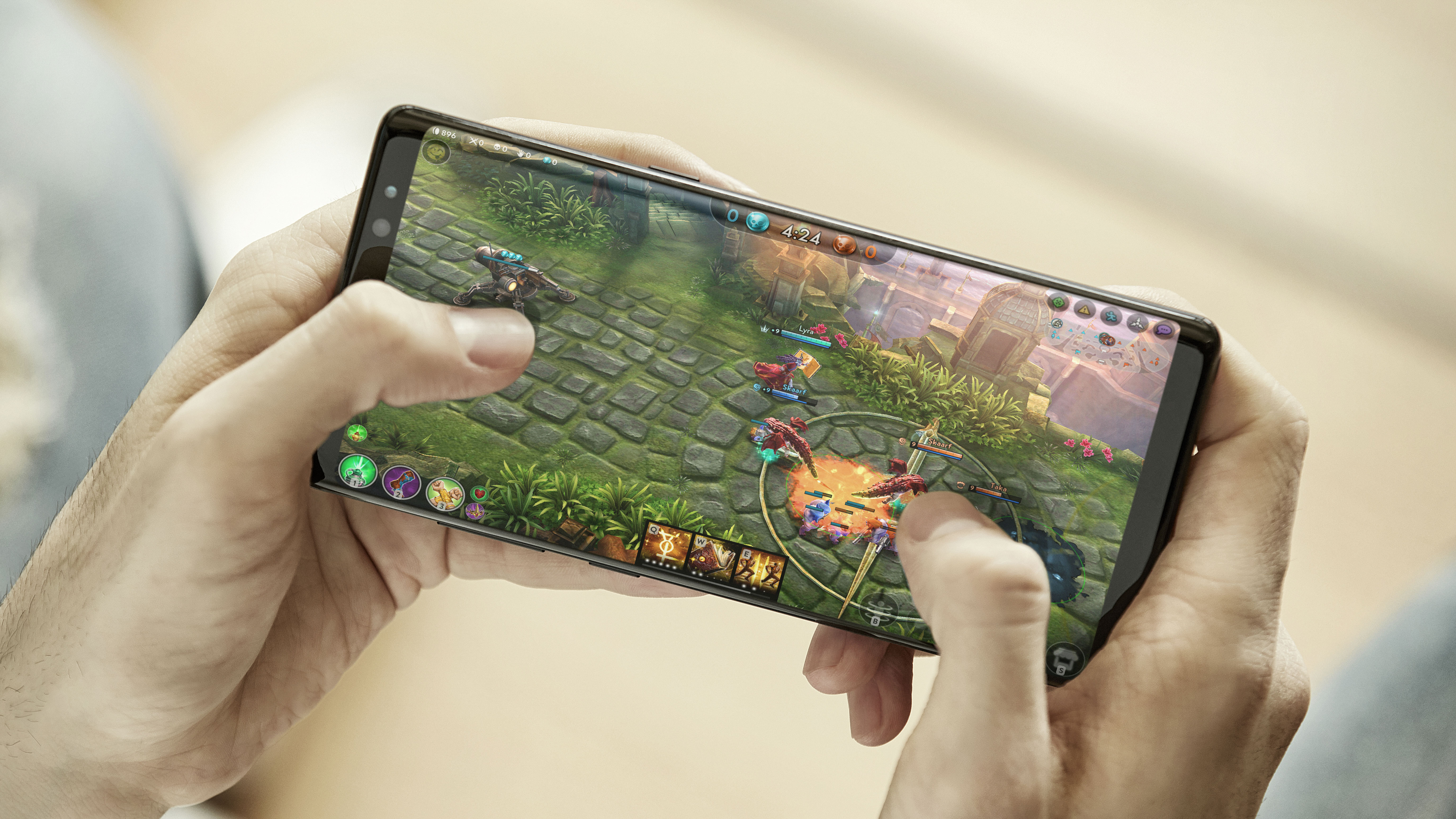
There’s a meaty 6GB of RAM beating at the heart of the Samsung Galaxy Note 8, up from 4GB in the Samsung Galaxy S8 Plus.
In other ways though they’re similar, with both sporting an octa-core chipset. Whichever model you choose you’ll be getting a Snapdragon 835 engine in the US and an Exynos 8895 one in the rest of the world.
That makes both of these phones enormously powerful, and they come with a decent amount of storage space too.
The Galaxy Note 8 has a choice of 64GB, 128GB or 256GB built-in, while in most of the world the Galaxy S8 Plus comes in just a 64GB size, but both phones also have a microSD card slot, with support for cards of up to 256GB.
They also both run Android, of course, specifically Android 7.1.1 in the case of the Galaxy Note 8 and Android 7.0 in the case of the Samsung Galaxy S8 Plus – we also fully expect that sooner or later they’ll both be upgraded to Android Oreo.
Camera and battery
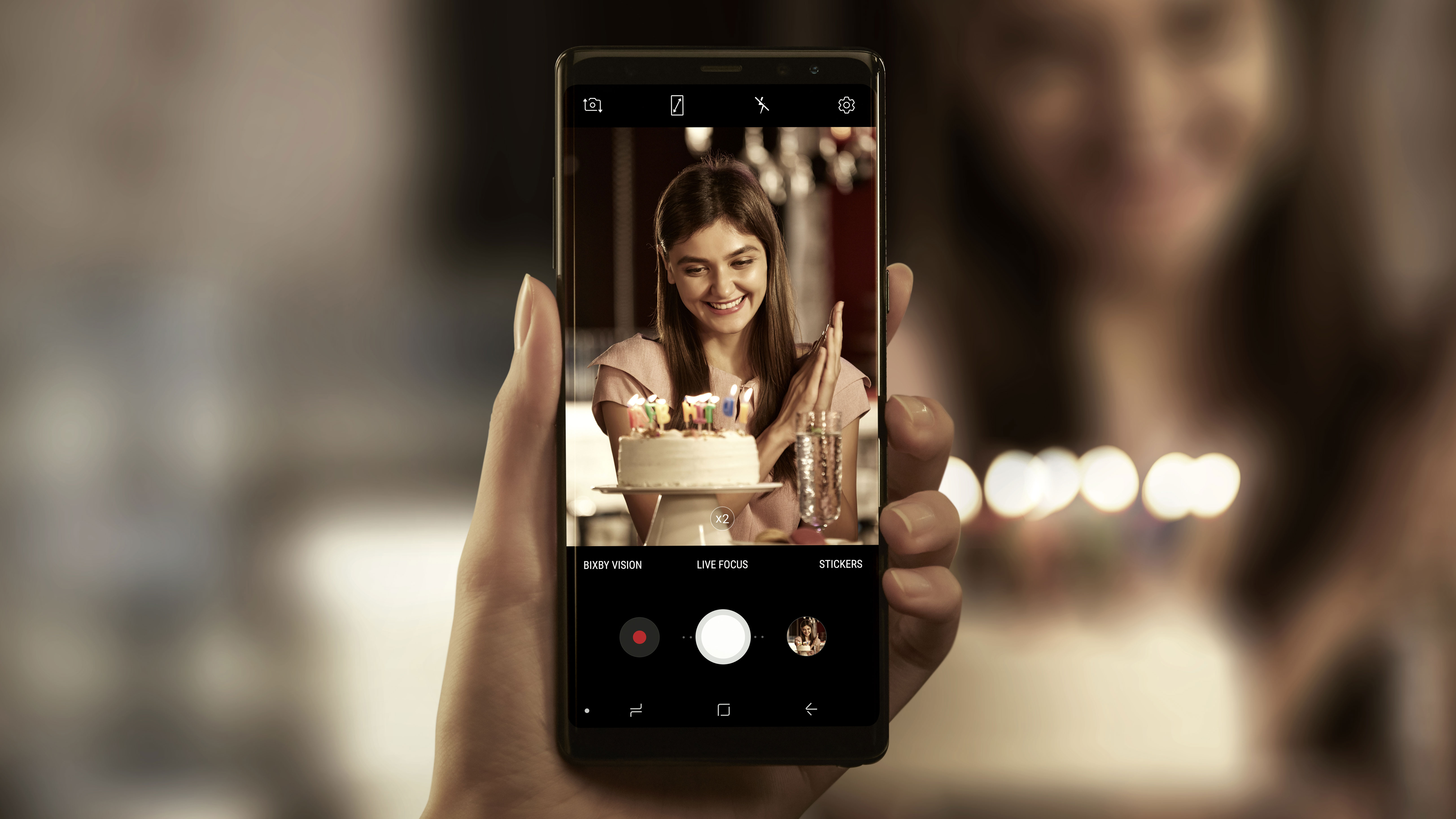
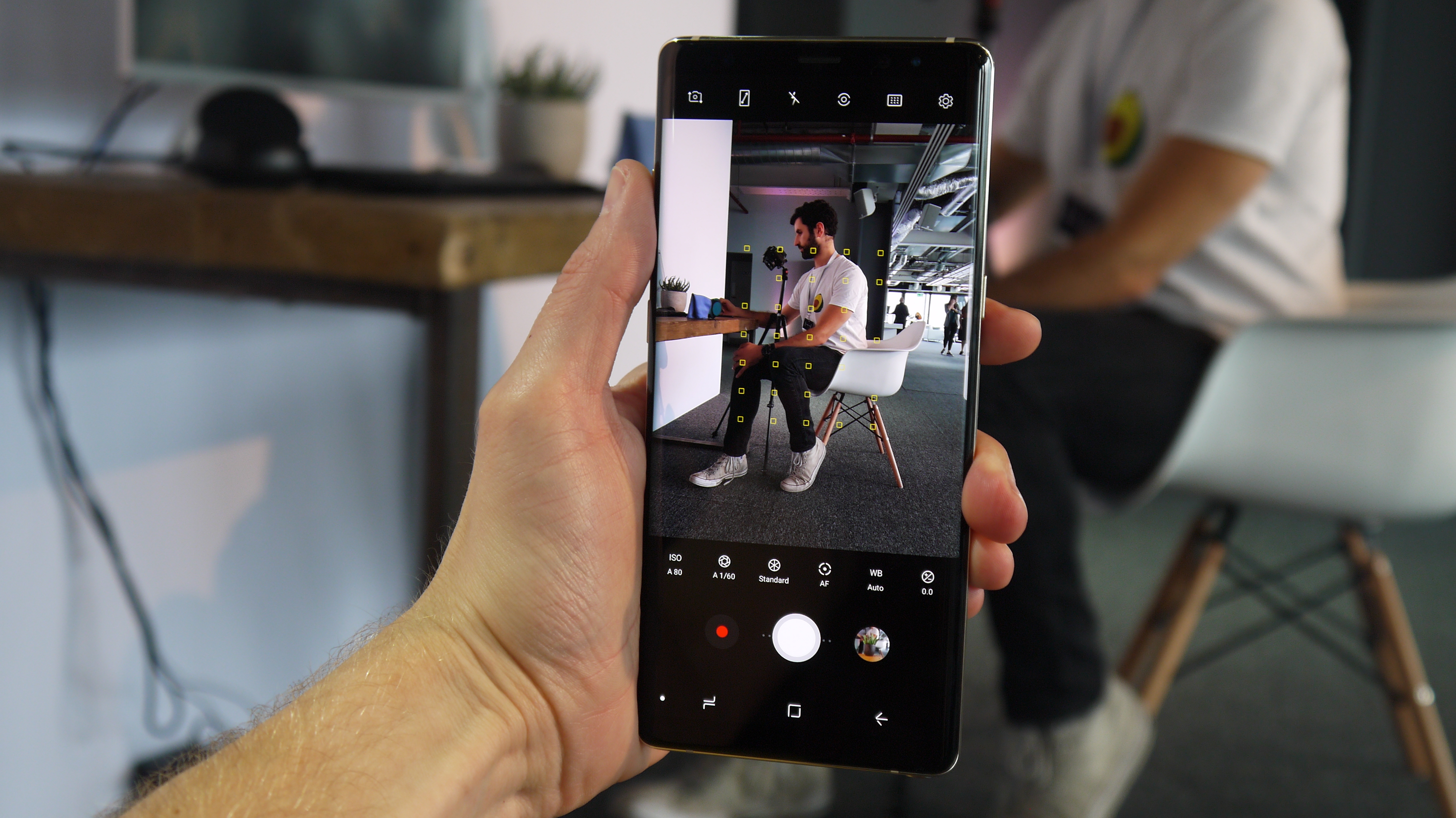
The camera is probably the biggest difference between these two phones, as Samsung has stuck a new dual-lens one on the Samsung Galaxy Note 8.
Both lenses are 12MP, but there’s an f/1.7 wide-angle one and an f/2.4 telephoto one. The extra lens allows for a number of features, such as a bokeh effect, allowing you to adjust the depth of field in a shot before or after taking it.
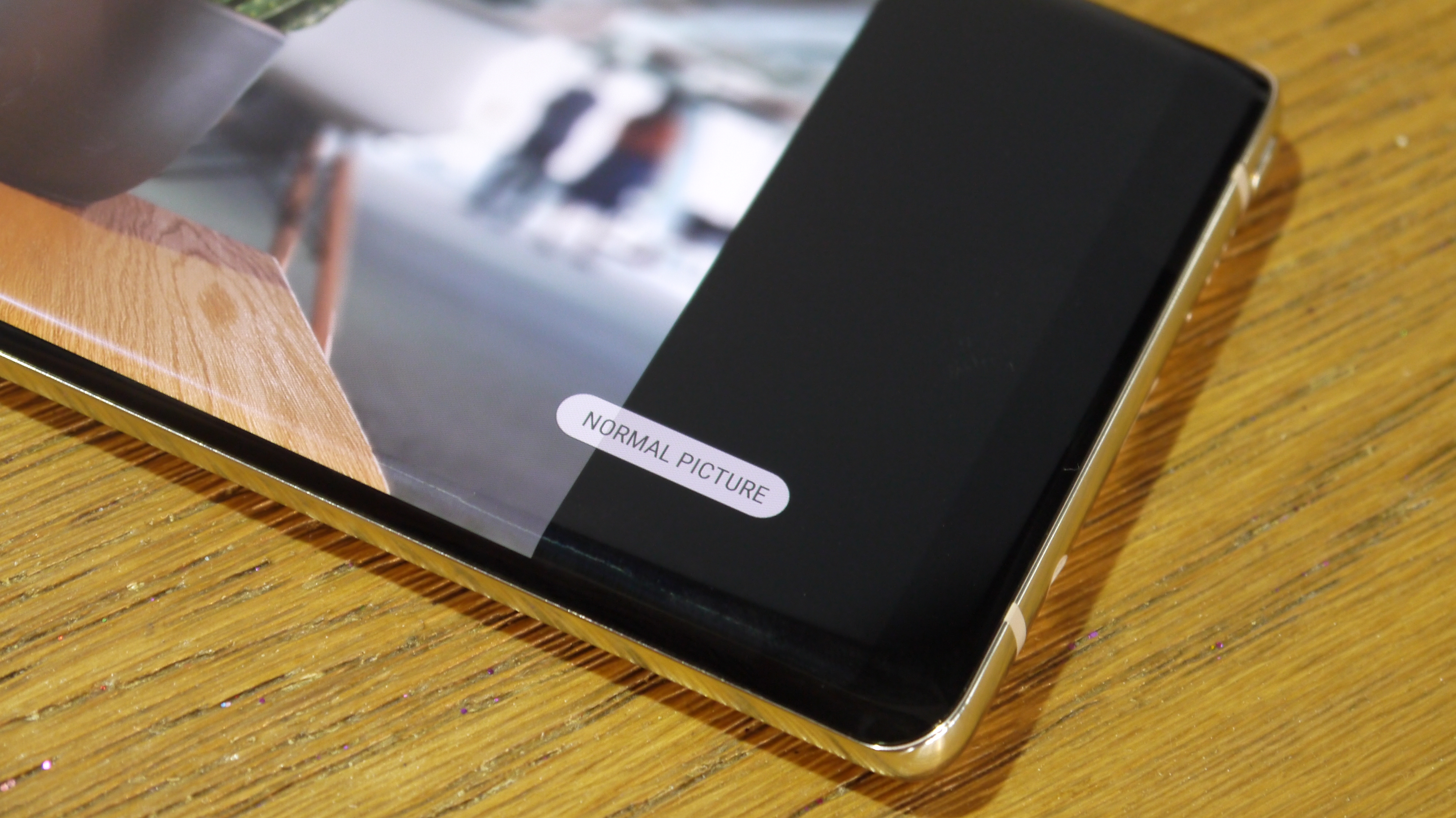
It also adds the ability to take two photos at once – one with each lens, leaving you with both a close-up shot and a wide-angle one of the same scene. Both lenses also have optical image stabilization.
The Samsung Galaxy S8 Plus meanwhile has just one rear-facing snapper, specifically a 12MP f/1.7 one with optical image stabilization.
It doesn’t have all the clever tricks that a dual-lens enables, but it is one of the best smartphone cameras on the market.
And there’s no difference to be found on the selfie snappers, as both phones have an 8MP f/1.7 one.
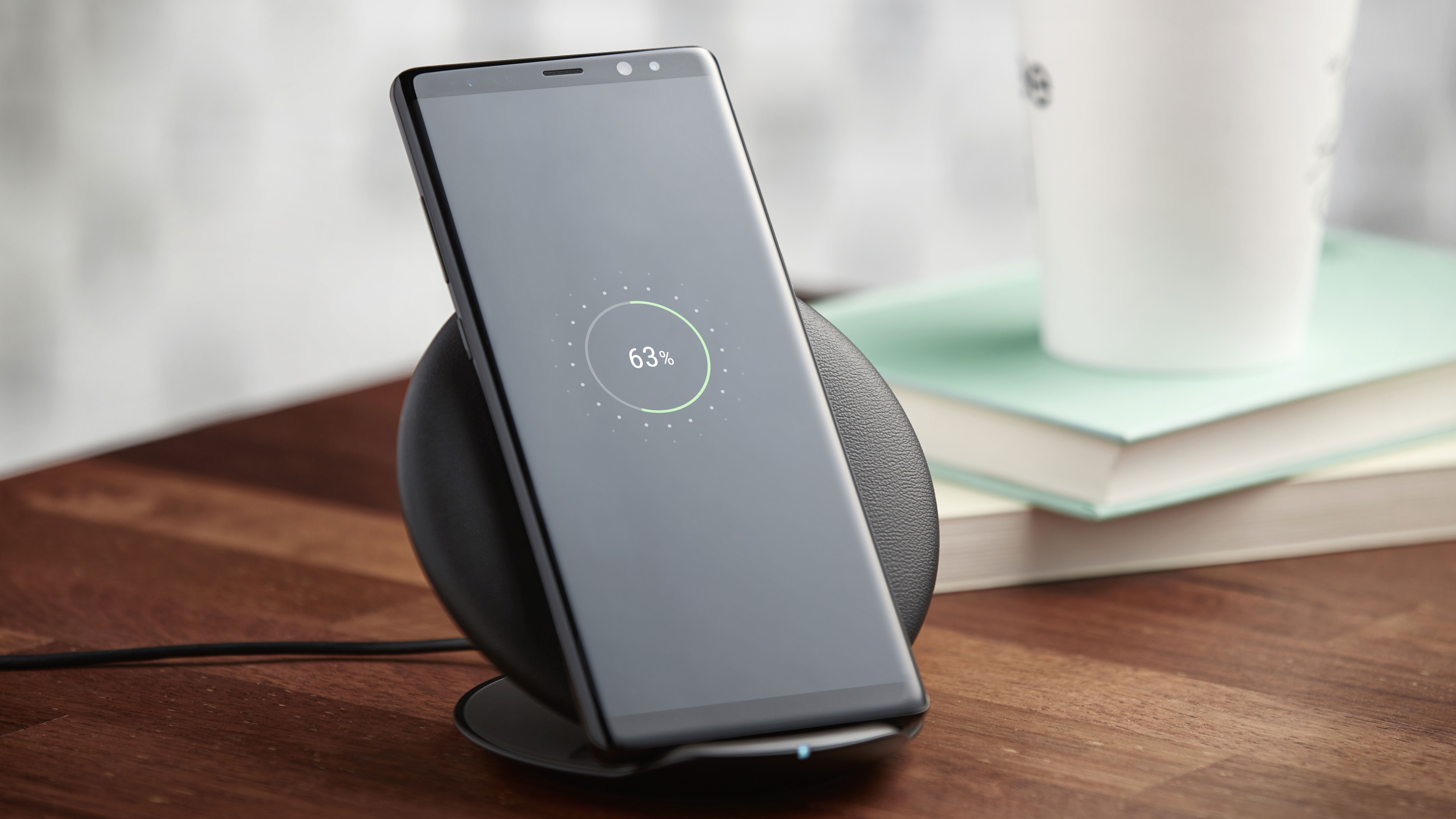
As for battery, surprisingly the Samsung Galaxy S8 Plus actually has the larger one, despite having a smaller screen. It has a 3,500mAh juice pack, while the Galaxy Note 8 has a 3,300mAh one.
That’s perhaps understandable though, given what happened with the Samsung Galaxy Note 7, and won’t necessarily lead to a reduction in life. There's also an S Pen to fit into the chassis, which reduces the space further for putting in more mAh.
Samsung Galaxy Note 8 vs Samsung Galaxy S8 Plus price
The Samsung Galaxy S8 Plus certainly isn’t a cheap phone, coming in at $825/£779/AU$1,349 to start with.
However, there's something bigger coming soon - it's the Note 8, and it's going to cost an astronomical £869 ($930 in the US and AU$,1499 in Australia). We're used to Note models being expensive, but given the Note 7 cost £749 ($850, AU$1,349) when it briefly launched... this is a big increase.
- Compare Galaxy Note 8 deals to Galaxy S8 Plus deals on TechRadar
Takeaway

The Samsung Galaxy Note 8 isn’t much different to the Samsung Galaxy S8 Plus, at least on paper, but it does add a few significant features, namely an extra lens on the camera, more RAM, a longer screen and an S Pen stylus.
Does that make it a better phone? We’ll let you know in our full review, but we are a little annoyed with the reduction in battery size.
It certainly sounds like a great phone though, and could be a strong choice if you want the biggest screen possible.
If it sounds like 0.1 of an inch too far though, or you don’t much care about the S Pen, then the Galaxy S8 Plus could be the phone to choose, especially as it’s likely to be a bit cheaper.
- The iPhone 8 is still to come, and likely to be almost as big
James is a freelance phones, tablets and wearables writer and sub-editor at TechRadar. He has a love for everything ‘smart’, from watches to lights, and can often be found arguing with AI assistants or drowning in the latest apps. James also contributes to 3G.co.uk, 4G.co.uk and 5G.co.uk and has written for T3, Digital Camera World, Clarity Media and others, with work on the web, in print and on TV.